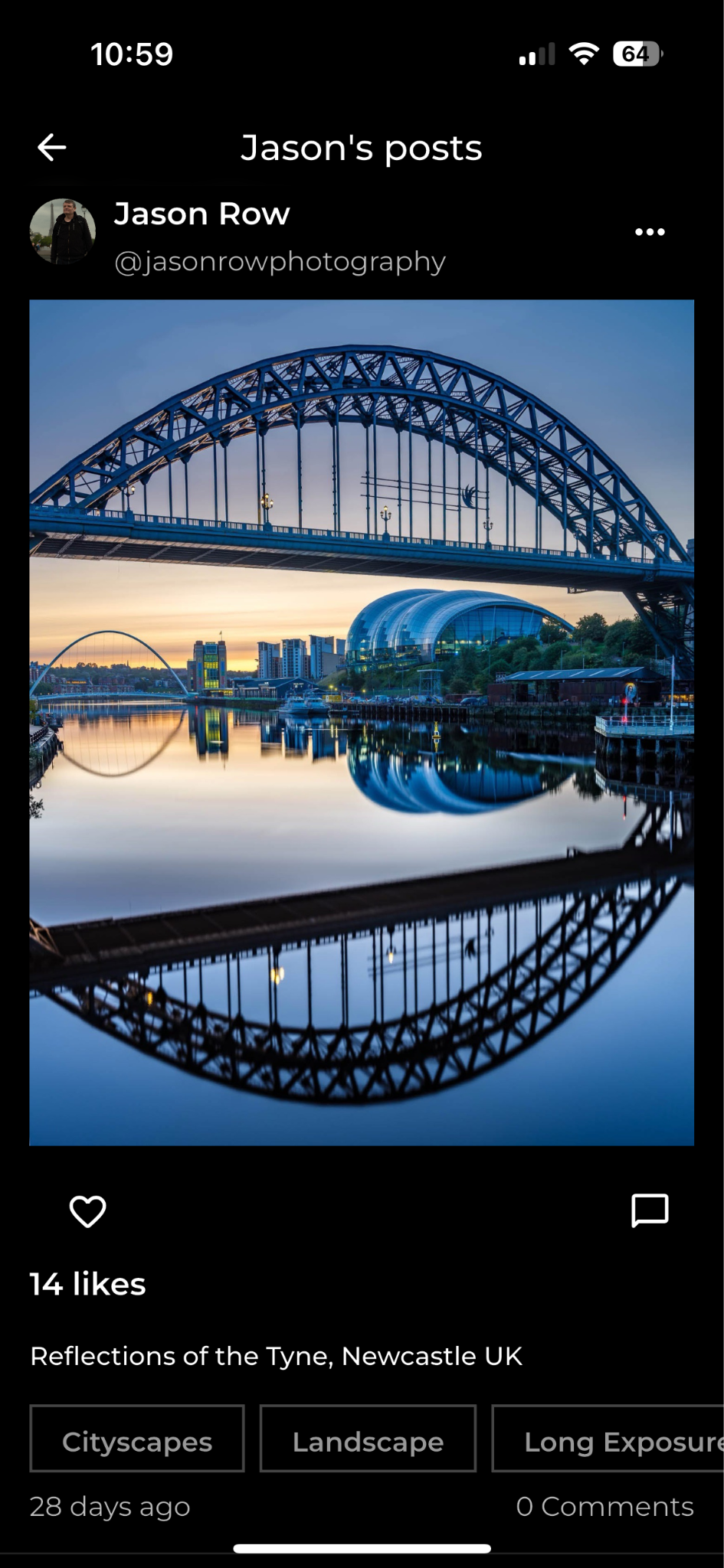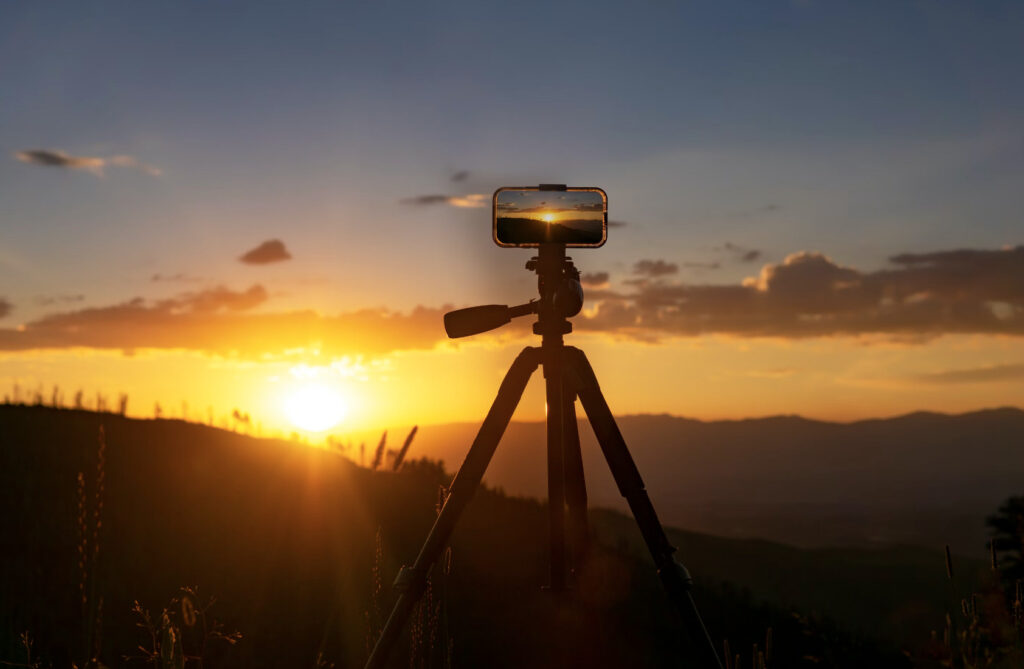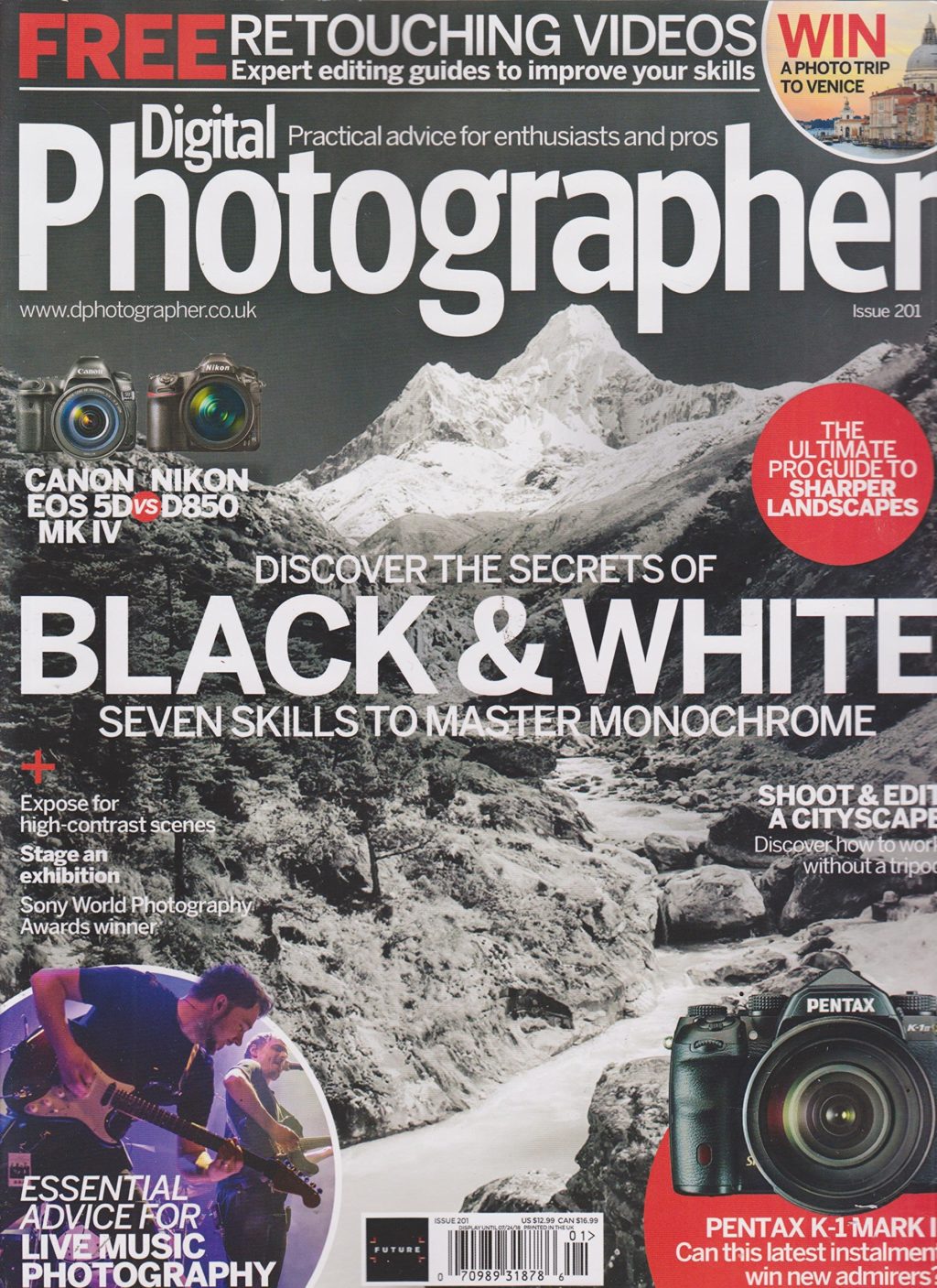It was often said, way back in the days of film, that photography was a money pit. Then came digital, and its early proponents declared how cheap it was going to be to produce images. No buying film, no developing prints, take as many shots as you want.
Of course, this was all true but conveniently left out the fact that we needed computers, hard drives, monitors, cards, readers, and printers to really get the best out of our photography.
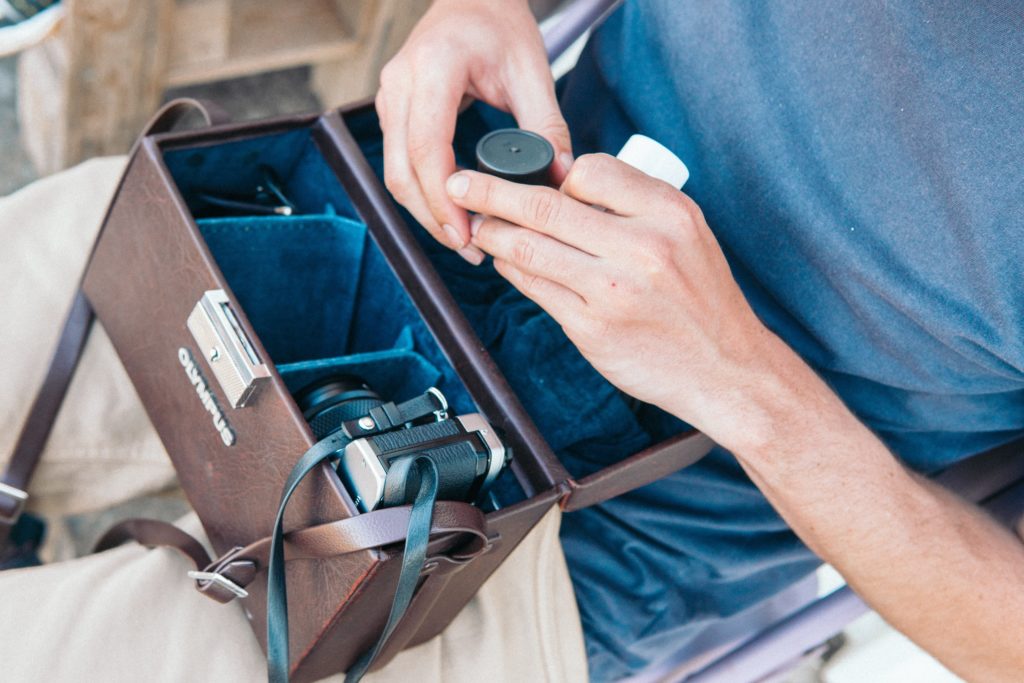
Having spent a not inconsiderable sum on camera equipment, it’s very tempting to cheap out on the non-camera tech. That, however, can lead to a world of pain. Whilst you don’t have to buy top of the line tech, buying decent equipment is going to make your entire post production workflow, so much quicker and also so much more enjoyable. Let’s take a look at the non-camera tech that makes your life easier.
The Computer
To do any form of editing of your digital images you are going to need either a computer or a tablet. If you only ever shoot JPEG and have a relatively low-megapixel camera, then you are not going to need a beefy computer.
However, most of us these days have cameras with 20MP or more and shoot RAW. A simple Chromebook or Netbook is simply not going to deal with those files well. In reality, you are looking for a computer that has a dedicated graphics card. This will give it the guts to run beefy programs such as Lightroom and Photoshop.
A laptop or desktop is entirely down to you. If you travel a lot and are on a limited budget, then a single decent laptop will work well for both travel and at home. If you shoot a high-end 4K video, you will need a very powerful laptop to edit on the go or work from a desktop.
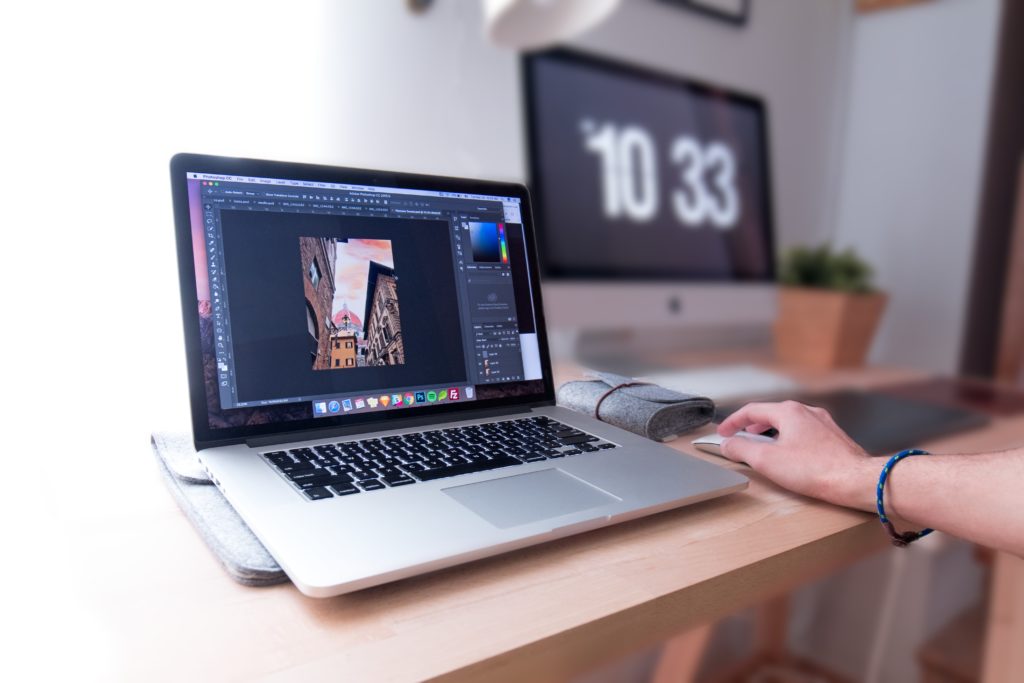
As well as the graphics card, there is one other element to a computer that has a big effect on your ability to edit. That is RAM or Random Access Memory. The more RAM you have the easier it is going to be to edit large RAW files. Look for at least 16GB of RAM to be safe, more if you can afford it. If you already own a computer, then upgrading the RAM is often a cheap way to get a performance boost.
The Hard Drives
Camera RAW files can be big. A 24MP camera will produce RAWS that are around 50MB in size. If you shoot many images, that is going to take a lot of space. Again, spending cheap can be a very false economy when it comes to hard drives. Cheap, unbranded drives are more prone to fail, they are often slower and less reliable. Thinking ahead when it comes to hard drives is a very good idea.
At the moment there are two main types of drive. The super fast but relatively small and expensive SSD drives and the older, cheaper and much larger HDD drives. The former use flash memory and have no moving parts whilst the latte use fast-spinning magnetic platters.
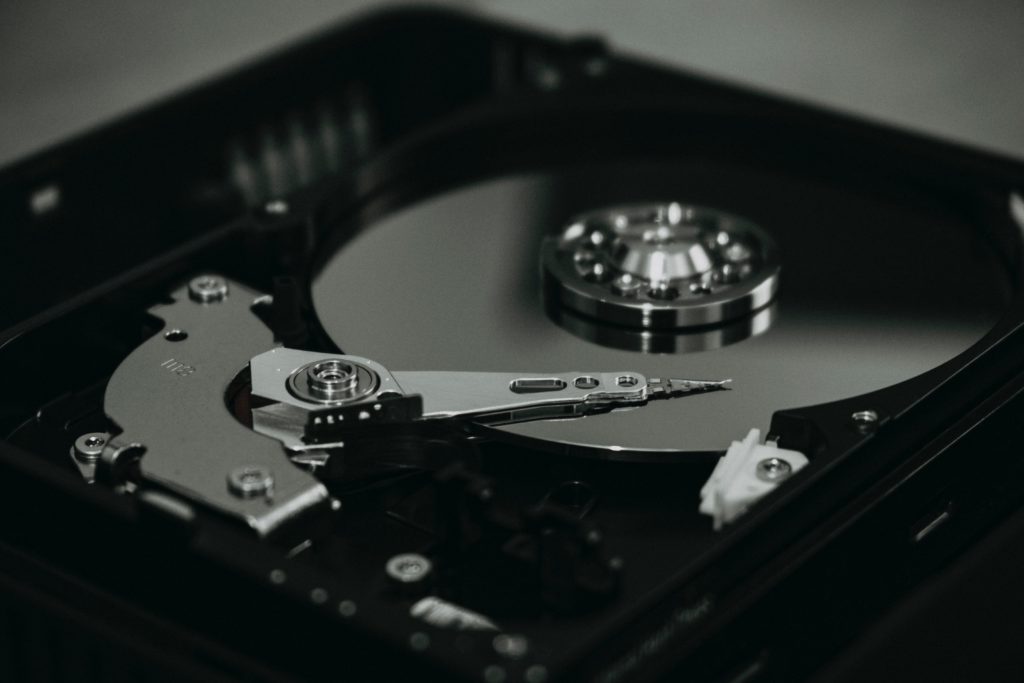
A good strategy is to have an SSD drive be your working, editing drive. Then have HDD drives for storage and backup. Unless you are shooting vast numbers of RAWS, a 500GB SSD drive should be sufficient for an average workflow. Most new laptops and desktops come with an SSD as standard these days but be aware the operating system can take a lot of the space on that SSD.
When it comes to the HDD storage drives, go as big as you can afford. They will fill up eventually and you will need to buy more. Drives of 4TB or more are relatively cheap these days and will give you plenty of storage space. Look for drives that spin at 7200rpm rather than 5000rpm. That faster spin rate will load or copy images significantly faster, speeding up your editing workflow.
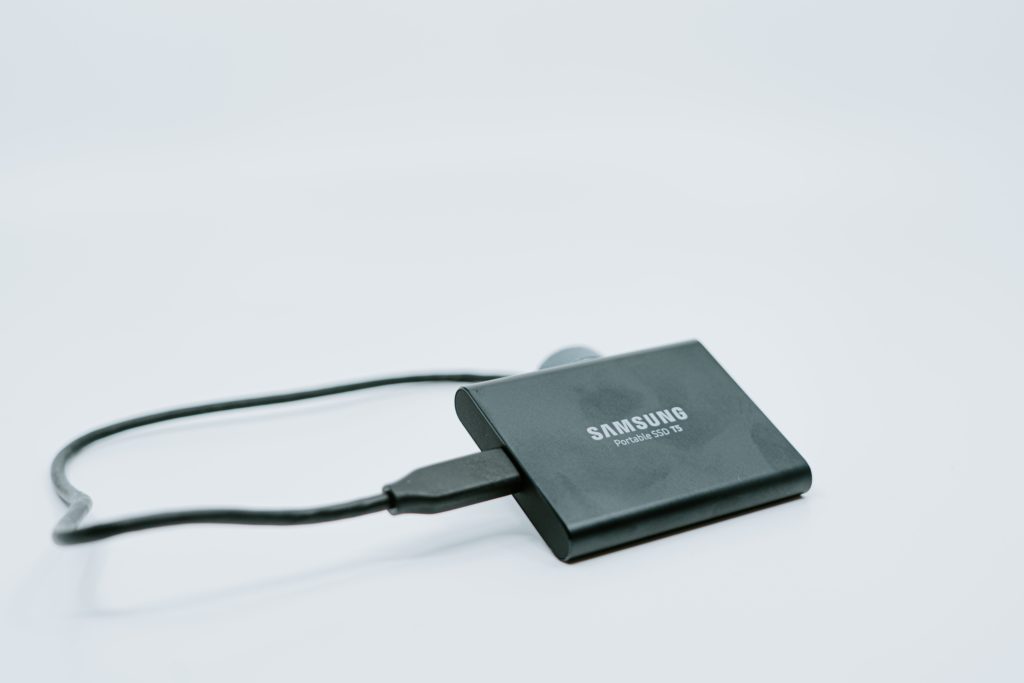
The Monitor
This is one of the most overlooked items of non-camera tech. We have incredible cameras capable of capturing millions of colors and tones. Yet we often use monitors that display nowhere near what our cameras capture. When you edit on a poor monitor, you are really stabbing in the dark when it comes to color and tone.
When looking at monitors, either stand-alone or as part of a laptop, there is one specification you should look at above all others, including resolution. That is color space or at least a percentage of color space. What does this mean?
Your camera will shoot in at least two of the main color spaces, sRGB, and Adobe RGB. A color space determines what and how many colors that device is capable of handling. Adobe RGB displays more colours than sRGB yet most monitors will display significantly fewer colors than sRGB.
When deciding on a monitor, manufacturers will often tell you how many colors they are capable of in terms of a percentage of sRGB. Look for the highest percentage, 90% and above is decent for a budget monitor, the more expensive photographic monitors will get close to 100% of Adobe RGB. However, unless you intend to print very high-quality images, sRGB monitors are more than capable.
In terms of resolution, there is little point in having 4K on a laptop monitor, you are sitting so close and the screen will be so small that there is no benefit. Monitors that have a resolution of 2K are a good budget choice at the moment.
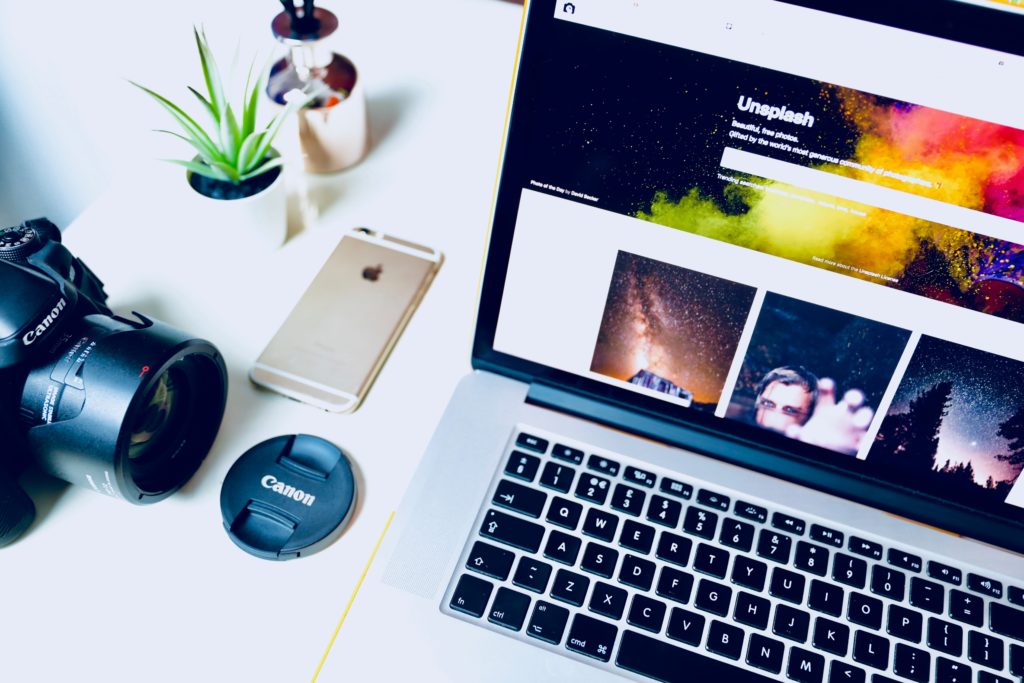
Other Peripherals
There are a few other non-camera tech items that can make our lives easier. A graphics tablet can be a very useful tool especially for those that do high level, intricate editing. They are not cheap but if you spend a lot of time editing they can dramatically increase your workflow.
A good quality, fast card reader will definitely help. Cheap ones tend to be based on USB 2.0 and can be slow and unreliable. Most computers these days run USB 3.0, USB-C, and even Thunderbolt. Getting a good quality reader that plugs into one of these will dramatically improve your copying times.
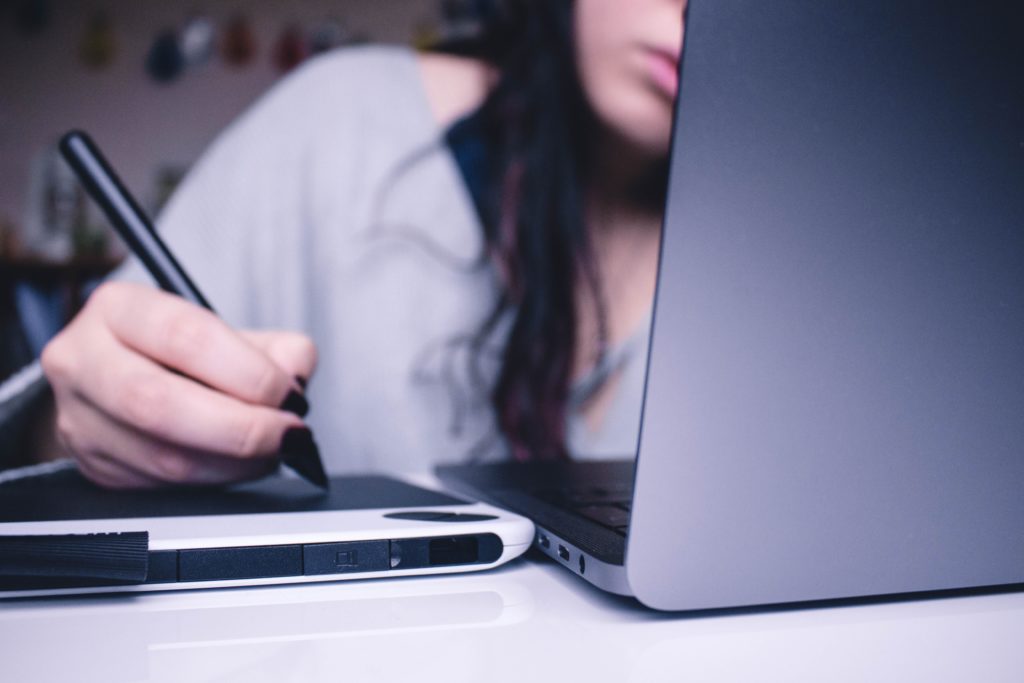
We could write several articles on printers. A good quality printer will get close to sRGB and give you beautiful-looking photographic quality prints. We have an article here with our best printers of 2021.
You would be surprised how much a good quality mouse will make to your post-production workflow. A wireless mouse with a high DPI will track much better, making it easier for you to do minute, accurate corrections in Photoshop or Lightroom. Get a mouse with extra buttons such as a scroll wheel and side buttons. This allows you to scroll to zoom and assign buttons to common editing tasks.
We spend a lot of money on our camera equipment, often to be hampered by less than stellar computer equipment. You don’t have to spend a huge sum to get decent computer equipment, but choosing the right ones will make your workflow much more efficient. If your budget is limited, have a look for secondhand equipment. You will often find what you need for much lower prices.
Buying the right non-camera tech will make your photographic life a lot easier and much more efficient.

